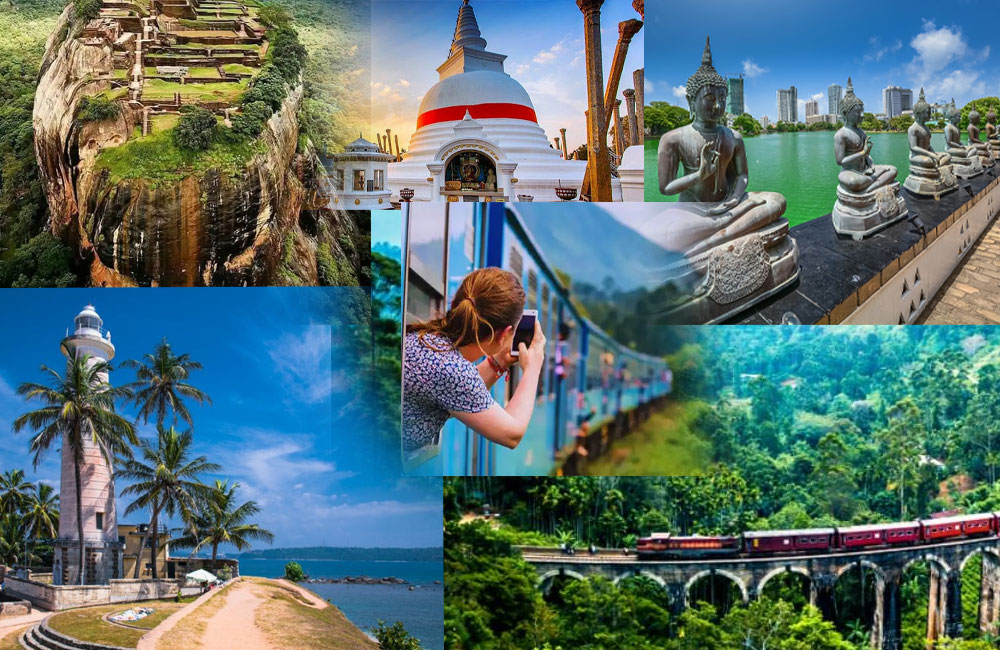Sri Lanka’s tourism industry once celebrated as the country’s third-largest foreign exchange earner—is now facing scrutiny over the credibility of its official data. Experts warn that flawed accounting methods and outdated surveys are distorting the true picture of the sector’s performance, misleading both policymakers and international observers.
The Sri Lanka Tourism Alliance has raised concerns that the country’s current tourism earnings are “clouded by flawed calculations,” with official figures still based on a 2018 survey conducted by the Sri Lanka Tourism Development Authority (SLTDA). The survey, involving around 5,000 departing tourists, was used to estimate national revenue using self-reported spending and length-of-stay data.
That survey produced the oft-quoted estimate that visitors spend between US $170 and 180 per person per day. But, as the Tourism Alliance points out, the figure is “a guesstimate.” Tourists misremember details, informal transactions are missed, and there is a high risk of double-counting. Despite these limitations, Sri Lanka continues to use the same data framework six years later to determine earnings and guide tourism policy.
According to Central Bank data, Sri Lanka earned about US $3.17 billion from tourism in 2024 a 53% increase from 2023’s US $2.07 billion. Visitor arrivals also rose to roughly 2.05 million. Yet, despite the increase in arrivals, earnings growth remains muted. Tourism revenue in September 2025 stood at US $182.9 million, almost unchanged from a year earlier. Analysts say this indicates lower spending per tourist or a shift toward budget travellers.
“The numbers don’t add up,” an industry analyst told The Sunday Observer. “We have more tourists, but less value. The per-capita spend is falling, and that undermines the recovery story we’re selling to the world.
The problem, experts argue, lies in methodology. Sri Lanka’s tourism revenue figures are still derived from self-reported airport exit surveys, a system that ignores digital payments, informal lodging, and real-time expenditure data. The Sri Lanka Tourism Alliance and several economists have called for the adoption of a Tourism Satellite Account (TSA) model similar to Singapore’s, which integrates hotel performance, flight records, banking transactions, and telecom data to provide accurate, real-time insight.
Without reform, Sri Lanka risks continuing to “manage what it cannot measure.” Overstated or inaccurate data can mislead investors, donors, and policymakers, resulting in poor decision-making and misplaced priorities. As one tourism expert put it, “Our success stories are built on outdated guesses. Until we fix our measurement system, we’ll be celebrating numbers that don’t truly exist.
”Tourism remains a vital lifeline for Sri Lanka’s fragile economy, but unless the government modernizes its data systems and introduces independent verification, the sector’s true performance will remain hidden behind flawed figures and wishful projections."

Leave your comments
Login to post a comment
Post comment as a guest